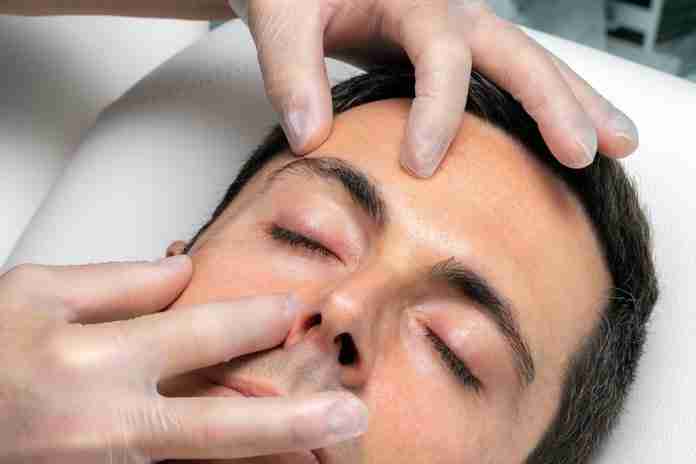Diagnosis and Management of Blepharitis

If you have eye irritation and discharge, there’s a good chance that you have blepharitis. Identifying and treating blepharitis can help reduce the symptoms, increase comfort and help your eyes look healthy again. (5)
Due to the lack of objective diagnostic tests, many cases of blepharitis are misdiagnosed. Because no clinical signs or symptoms are unique for blepharitis, its diagnosis relies on an accurate history and examination.
Eyelid exam
A thorough eye examination is the key to diagnosing blepharitis. During your eye exam, one of our doctors will inspect your eyelids, including the skin around your eyelids. In order to help properly diagnose blepharitis, doctors also may remove any crusting material from your eyelids and check for signs of inflammation or infection.
Discharge culture
The discharge culture is used to test for the presence of bacteria, specifically in the eyes. When a discharge culture is taken, it helps to identify the species of bacteria that may be causing blepharitis. Bacteria levels in the tear film can be correlated to the severity of your condition. The discharge culture also measures the amount of bacteria present in a specimen. The concentration of bacteria helps determine whether antibiotics are warranted.
Tear test
Tear tests are a quick and easy way to assess whether your eyes are producing enough tears for good quality vision. A tear test is performed to assess the damage to your tear film and to determine whether you have dry eyes or not.
Doctors use the Schirmer test to measure the amount of moisture on the inside of your eyelids. A viscous solution or sometimes saline solution is applied to your eyelids and then wiped away on a special card with a blue dot on it for staining. This will result in some staining of your tear film, if it does not, then this indicates that you do not have dry eyes.
Eyelash exam to detect mites
The most common form of blepharitis is caused by Demodex folliculorum. These mites are present in the eyelashes and oil glands of nearly all individuals, but can become a problem when they build up and cause an inflammatory reaction in the skin around your eyelid.
The eyelash exam will help to detect mites and other environmental triggers, such as allergies and poor hygiene. It’s a simple test that takes a few minutes. Your eye doctor will use a special magnifying device to look at the eyelashes and may be able to see the mites. It can speed up your recovery by helping your physician identify the cause of your blepharitis
Eyelid biopsy
The eyelid biopsy is a procedure in which a very small amount of skin and fat is removed from the eyelids. It is usually performed by your eye doctor (ophthalmologist) or a plastic surgeon separate from the tests you have when you are being evaluated for blepharitis. This test helps determine whether the specific bacteria involved in blepharitis are present and what stage of inflammation is present.
